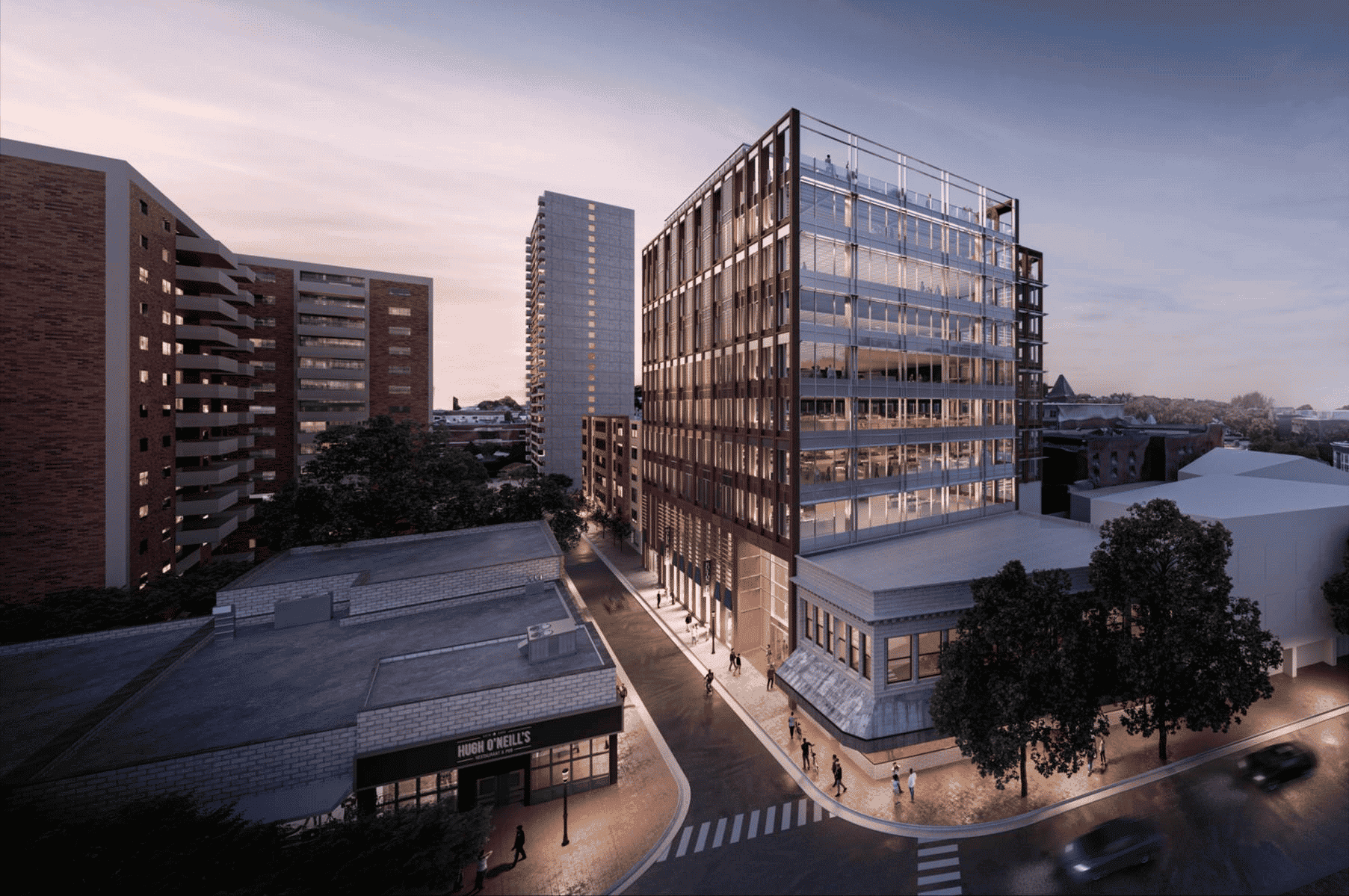The following selections are from an op/ed that appeared in Banker & Tradesman on September 25, 2022.
Massachusetts state government bet big on the life sciences industry in 2008 with a $1 billion investment over the next decade. The result of this risky wager? An industry that has been on a record-breaking tear of raising funds, hiring people, building labs and solving medical challenges.

As we approach the close of the second act – a five-year extension worth hundreds of millions of dollars – MassBio’s latest “Industry Snapshot” paints a picture of a cluster built to remain the global life sciences leader.
With more than 106,000 people now working in the industry, continued strong venture capital investment in Massachusetts companies (over $5 billion in the first six months of 2022), and a life sciences real estate portfolio totaling 55.9 million square feet, Massachusetts has positioned itself to weather a transition from the heady months of 2021 to the headwinds of 2022 to what comes next better than most other clusters and industries.
When the industry moves beyond its traditional confines, it opens itself up to a new pool of talent that is untapped, more diverse and underrepresented in the life sciences. MassBio has been leading the charge in supporting our members as they address hiring challenges and lagging workforce diversity. Some ways this can be accomplished is by locating jobs in the places where marginalized populations live, updating job descriptions and hiring practices to make careers accessible and aligning training curriculums with what employers need and with the lives of non-traditional students.
A company that has biomanufacturing facilities that are accessible by public transportation or without gridlock can offer on-the-job training as part of a credentialing program at a local community college. A city or town that hosts a life sciences campus has new tax revenue and ready-made customers for their restaurants and shops.
As we ponder the life sciences industry’s third act here in Massachusetts, we must remain vigilant in our efforts to mitigate competition from other states, larger policy challenges like the cost of housing and failing infrastructure and a workforce that wants to work from or closer to home. State government has been far more than a cheerleader for the life sciences this last decade and a half. Going forward this public-private partnership could be the difference in staying on top or ceding our leadership position.